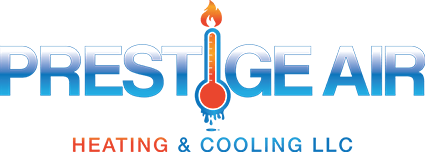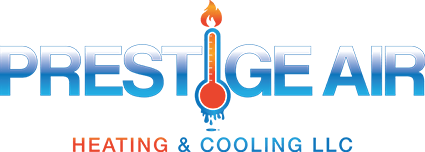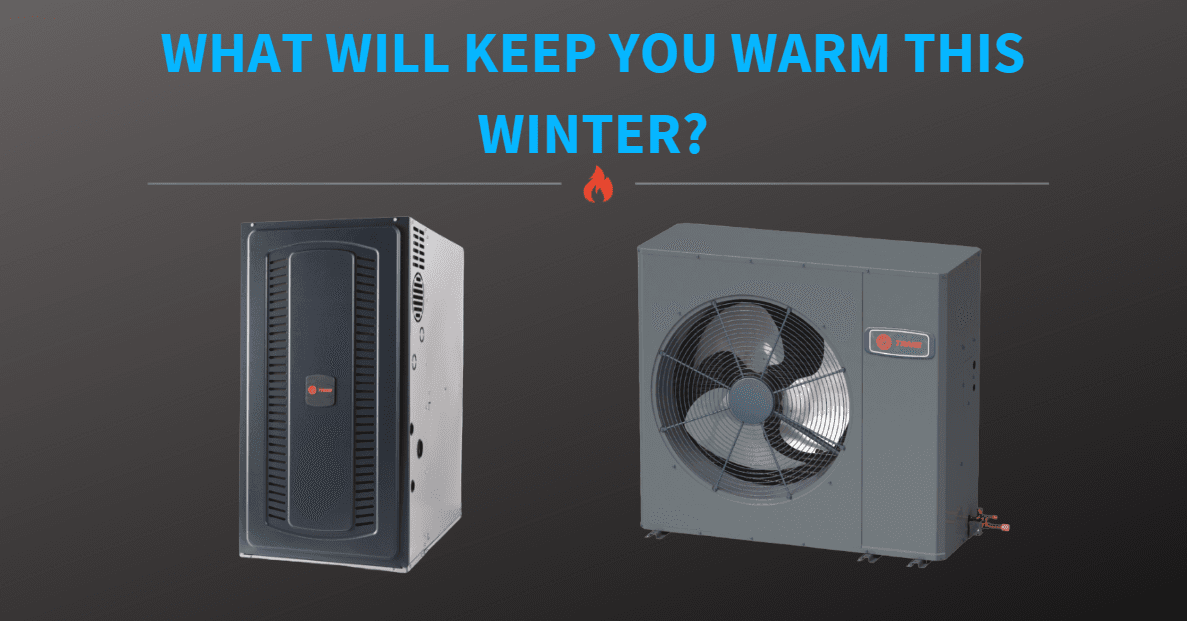Depending on where you live, winter can be a mild affair or a full-blown blizzard. No matter the weather outside, though, you want your home to be a cozy oasis. That's why it's important to choose the right heating system. In this blog post, our experts will discuss how furnaces and heat pumps work so you can make an informed decision about which one is right for you.
How Furnaces Work
A furnace is one of the most common types of heating systems in North America. It works by heating the air and then distributes it throughout your home using a system of ducts. The furnace ignites a gas or oil-fueled flame inside a combustion chamber. The heat from this flame is then transferred to a heat exchanger, which warms the air that is circulated throughout your home.
Four Main Furnace Components
- Burner - Where the fuel is mixed with oxygen and ignited.
- Heat Exchanger - Where the combustion gasses transfer their heat to the circulating air.
- Blower - This component is responsible for circulating the warmed air throughout your home
- Flue - Its purpose is to remove combustion gasses from your home.
Benefits of a Furnace
Furnaces are generally very reliable and can last for 15-20 years with proper maintenance. They're also relatively inexpensive to install and operate. They can operate even when the temperature outside is very cold and are effective to keep you warm.
How Heat Pumps Work
Heat pumps are powered by electricity and work by transferring heat from one place to another. During the winter, a heat pump extracts heat from the air outside and transfers it into your home. In the summer, the process is reversed and the heat pump moves heat from inside your home to the outdoors. Heat pumps are powered by electricity, but they use much less energy than other types of heating systems because they simply move preexisting heat rather than generate new heat. Similar to furnaces, heat pumps operate with four main components.
Four Main Heat Pump Components:
- Evaporator Coil - Where the refrigerant absorbs heat from the air.
- Compressor - This circulates refrigerant through the coils.
- Condenser Coil - Where refrigerant releases its absorbed heat.
- Fan - This component helps circulate indoor and outdoor air.
Benefits of Heat Pumps
Heat pumps are very efficient because they move heat rather than generate it. This makes them ideal for homes in moderate climates since they can be used for both heating and cooling purposes. However, they don't work well in extremely cold or hot weather since they rely on ambient air temperatures to function properly. Additionally, heat pumps tend to be more expensive than furnaces upfront but can save you money in the long run thanks to their energy efficiency.
If you still have questions or would like help choosing and installing a new heating system before winter, contact us today! (973) 755-2210 At Prestige Air Heating & Cooling, LLC, our team of experts are happy to assist you.


